Winter Tires | Chains & Traction | |
| Sure, the tread looks different. But that’s not all that separates summer and all-season tires from their heartier winter relatives. We’ve compiled and answered all of the most commonly-asked questions about winter/snow tires and the traction benefits they provide. | Unless you live in higher elevations or are frequently going over our mountain passes, most North-westerners can go for years without using their chains to add traction. But conditions have become a bit more unpredictable, lately. Here are some tips for chaining up this winter. |
If applied traction devices are required, here are some basic guidelines for their use.
Tire chains should be installed on the drive wheels of the vehicle following the chain manufacturer’s instructions. To retain as much of the normal handling characteristics of 4WD/AWD vehicles as possible, tire chains should be installed on all four tires, requiring the purchase of two pairs of tire chains.
Select chains that are the correct size for the tires. A proper fit is key to receiving the desired performance and durability. Do not deflate tires to install tire chains. A correctly sized tire chain will fit over a properly inflated tire. Additionally, because there is typically no source of compressed air to refill a deflated tire, driving with low tire pressure may cause permanent damage to the tire. Snow chains may not be available for all tire sizes.
Use only SAE Class “S” chains. The restricted wheel well clearance in most of today’s down-sized and front drive vehicles require tire chains to operate in an envelope that is no greater than 1.46-inches vertically and .59-inches laterally around the tire. These minimum clearances must be maintained between the tires and the vehicle’s fenders, suspension, struts, brake lines and braces.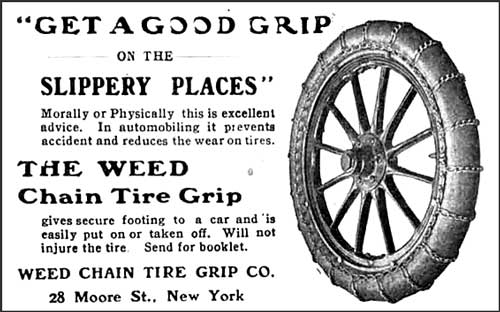
It is important to pre-fit chains prior to use. Not doing so could result in damage to your vehicle or you may have to abandon your anticipated journey all together. Since tire chains are only really required when weather is at its worst, it’s a good idea to get familiar with chain installation before there is snow and ice on the ground. You may want to buy a tire chain installation helper. These small ramps are designed to prevent slipping and allow you to lay a cross chain in a pre-formed indentation. Once you drive onto the ramp, the chains are positioned under your tire for easier installation following the manufacturer’s directions.
Tire chains should always be carried in the trunk during the appropriate times of the year and only mounted on the vehicle when warranted by driving conditions or required by law.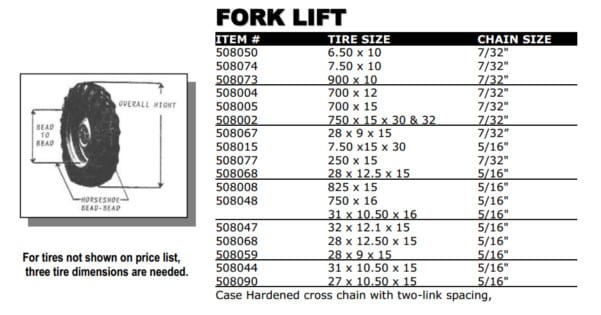 Chain requirements can change depending on the region and severity of the snowstorm, so it’s best to be prepared. For additional details and up-to-the-minute chain requirements status, please visit our Winter Prep Road Conditions resource page.
Chain requirements can change depending on the region and severity of the snowstorm, so it’s best to be prepared. For additional details and up-to-the-minute chain requirements status, please visit our Winter Prep Road Conditions resource page.
When highway signs indicate tire chain requirement, a driver will usually have about one mile between the “Chains Required” signs and the passage checkpoint. However, these control areas can shift rapidly from place to place because of changing weather and road conditions.
After initial chain installation, all of the tire chains should be re-tightened after the vehicle has been slowly driven forward or backward at least 15 feet. Failure to do so may allow the chains to remain loose, risking damage to the vehicle and reducing chain life.

Remove all aftermarket traction devices as soon as the vehicle reaches clear roads. When removing chains, drive beyond the signs reading “End Chain Control” to a pull-off area where you can safely remove them.
While it sounds like snow chains are considered a last resort for when the conditions get really bad, preparation before driving into snow country in winter is important because it helps control a potentially frustrating and tiring driving experience.
This relative newcomer to the traction device market has advantages and drawbacks similar to those of traditional chains. Ranging in price from $70-$200, there are two main types: a full-coverage textile sock, and a low clearance chains.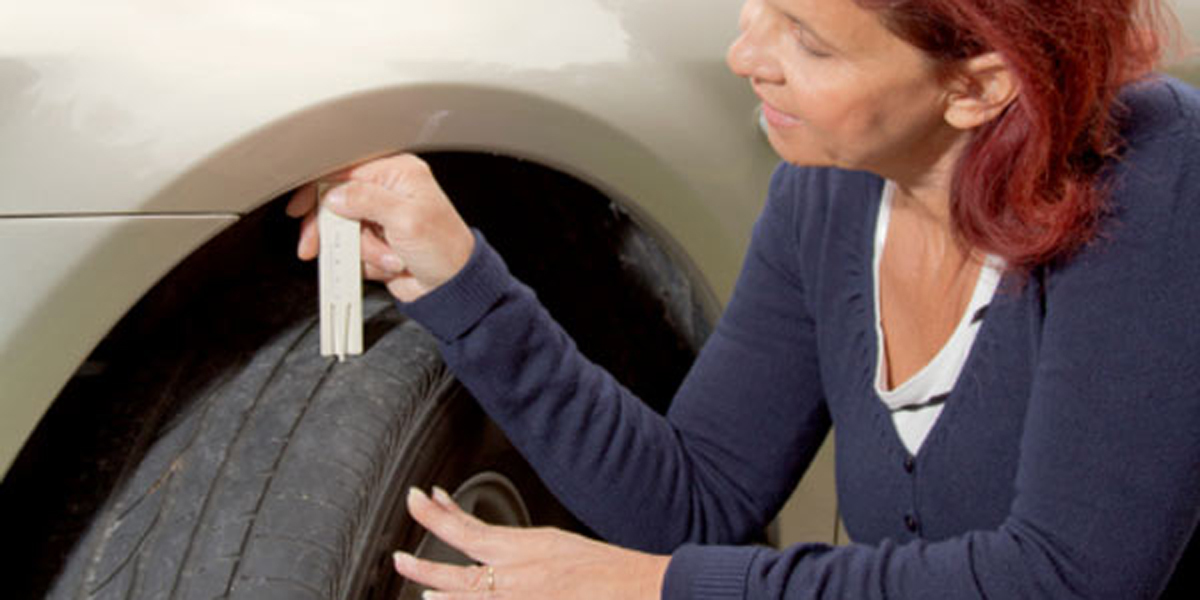 Their manufacturers call out lighter weight, easier storage, and high reusability as chief benefits. Being less bulky than chains, they may also be a better option for vehicles with a tighter wheel well clearance. According to Consumer Reports testing, tire sock performance is comparable to that of chains, with the more expensive woven cord style performing best among the tested options. However, they were all similar to chains in terms of installation effort, and none were more effective than a quality winter tire. Assuming you limit use in both speed and distance, the tire sock can be a practical alternative to chains in most winter emergency kits.
Their manufacturers call out lighter weight, easier storage, and high reusability as chief benefits. Being less bulky than chains, they may also be a better option for vehicles with a tighter wheel well clearance. According to Consumer Reports testing, tire sock performance is comparable to that of chains, with the more expensive woven cord style performing best among the tested options. However, they were all similar to chains in terms of installation effort, and none were more effective than a quality winter tire. Assuming you limit use in both speed and distance, the tire sock can be a practical alternative to chains in most winter emergency kits.
In every practical respect, they’re the same.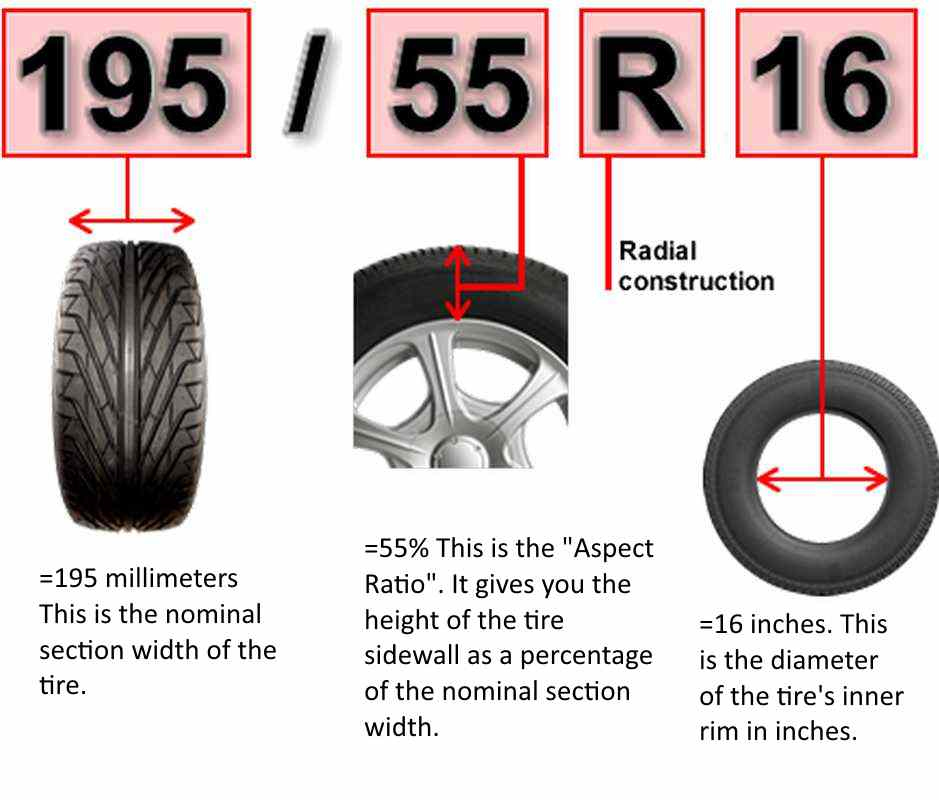 But the term ‘snow’ tire implies that winter tires are exclusively for snow, which isn’t the case. The compounds in all-season and summer tires are designed to withstand the higher temperatures and road conditions of warm weather. They perform best at 50-90 degrees, but begin to get brittle as the temperatures drop. When temperatures start hanging at 45 degrees and below, winter tires offer better traction that allow for safer braking and accelerating. For these reasons, we prefer calling them winter tires.
But the term ‘snow’ tire implies that winter tires are exclusively for snow, which isn’t the case. The compounds in all-season and summer tires are designed to withstand the higher temperatures and road conditions of warm weather. They perform best at 50-90 degrees, but begin to get brittle as the temperatures drop. When temperatures start hanging at 45 degrees and below, winter tires offer better traction that allow for safer braking and accelerating. For these reasons, we prefer calling them winter tires.
For best results, you should install winter tires on all four wheels. This is true for every vehicle type. Previous generations of winter tires were little more than an all season tire with an aggressive tread design. With today’s advancement in temperature-sensitive rubber compounding, having fewer than all 4 tires installed not only impedes the tires’ ability to do their job – it may lead to handling and traction imbalances.
Traction control does not actually provide you with more traction. Traction control limits your wheel spin, making it easier to stay connected to the surface you’re driving on. If your tires aren’t connecting sufficiently, there’s nothing for your traction control system to control.
Do ABS Brakes Eliminate The Need For Winter Tires?ABS brakes are a vital safety feature. They pulsate your brakes in order to keep your tires from locking up. While very helpful, ABS brakes do not eliminate the need for winter tires. Your brakes, even with the anti-lock function, do not provide traction. In fact, your braking ability directly relates to the traction provided by your tires. The best winter traction is when you have four winter tires installed on your vehicle.
My Car Has Front Wheel Drive, Do I Need Winter Tires?Front wheel drive vehicles do have an advantage when it comes to accelerating, because of the added weight on the front end. However, this does not help when braking, and it makes steering and cornering more dangerous in winter driving conditions. The best way to maximize your front wheel drive’s winter performance is to install four winter tires. Rather than losing the performance advantages of your front wheel drive vehicle, you can increase your safety and performance with winter tires.
However, this does not help when braking, and it makes steering and cornering more dangerous in winter driving conditions. The best way to maximize your front wheel drive’s winter performance is to install four winter tires. Rather than losing the performance advantages of your front wheel drive vehicle, you can increase your safety and performance with winter tires.
All-wheel drive and four-wheel drive vehicles are great at delivering the correct amount of power and control to the wheels. But if the tires aren’t gripping the driving surface, that power and control isn’t as effective. Without winter tires, accelerating, braking and turning can be just as dangerous for all-wheel drive and four-wheel drive vehicles as it is for a two-wheel drive vehicles.
When Should I Install My Winter Tires?At AAA, we recommend you change your tires when you change the clocks.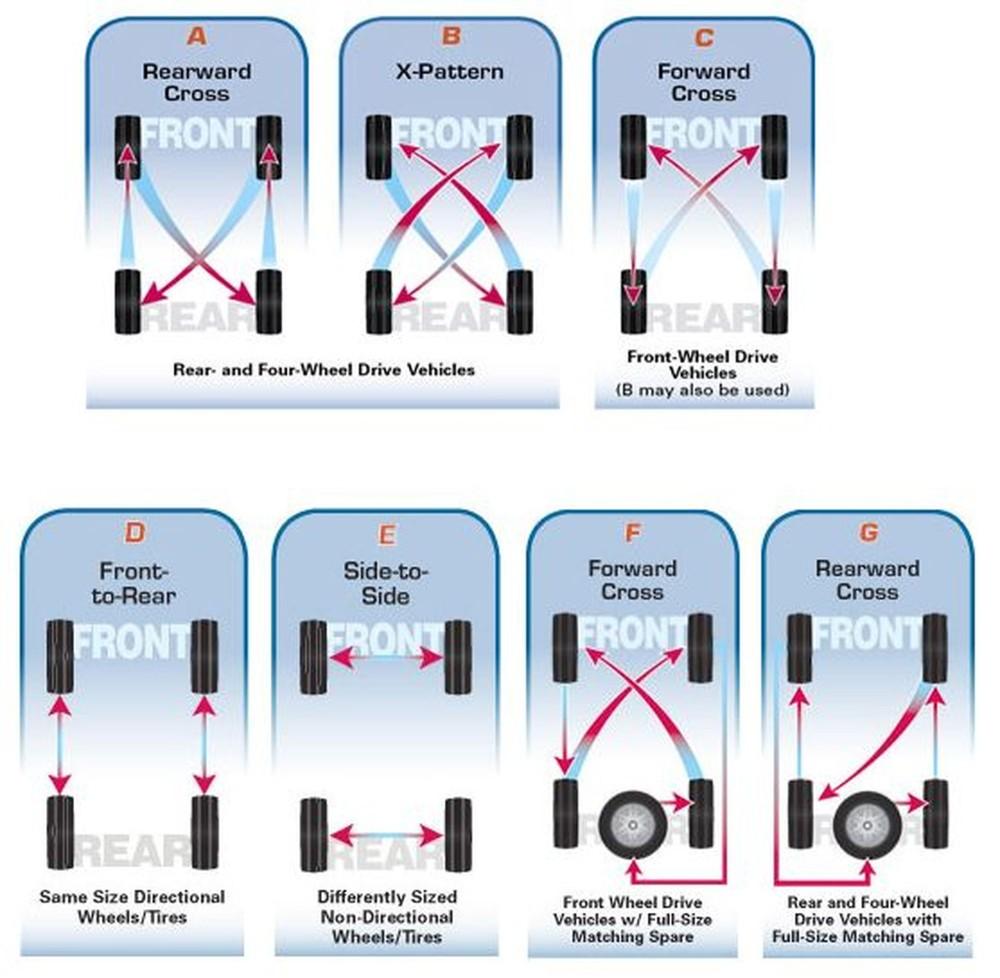 When we ‘fall back,’ it’s a great time to mount your winter tires, check your battery, and do a whole winter tune-up to ensure you’re ready for Old Man Winter. If you prefer to wait, keep an eye on the average temperatures: When they start to dip below 45 degrees and before the first snow fall, it’s time to swap. When we ‘spring forward’ and temps are consistently warmer than 45 degrees, you are ready to reinstall your all-season tires. Winter tires tend to wear faster in warm temperatures; changing them before it gets too warm will help you extend their life over to 3-4 years.
When we ‘fall back,’ it’s a great time to mount your winter tires, check your battery, and do a whole winter tune-up to ensure you’re ready for Old Man Winter. If you prefer to wait, keep an eye on the average temperatures: When they start to dip below 45 degrees and before the first snow fall, it’s time to swap. When we ‘spring forward’ and temps are consistently warmer than 45 degrees, you are ready to reinstall your all-season tires. Winter tires tend to wear faster in warm temperatures; changing them before it gets too warm will help you extend their life over to 3-4 years.
Historically, winter tires have been louder and rougher-riding than their summer/all-season counterparts. However, advancements in tire technology have significantly improved rideability as well as performance. You may hear or sense a slight difference when changing from an all-season to a winter tire. However, in most cases the noise levels are much lower than what they used to be. Of course, studded winter tires are noisier than those without studs, but the increase in safety is well worth any incremental increase in noise.
Of course, studded winter tires are noisier than those without studs, but the increase in safety is well worth any incremental increase in noise.
AAA recommends always driving with care and consideration, and employing safe driving techniques can make a big difference in winter conditions. However, even the most conscientious driving will not help your tires connect to the road. Adding traction to your tires and winter tires is a way to provide you with an added safety advantage.
What If I Simply Don’t Drive When The Weather Is Bad?Yes, it would be ideal to avoid driving when conditions get unruly. However, even with modern weather technology, it’s still very difficult to know exactly when, where, and how bad the weather will be. Rather than gambling with your safety, be prepared with winter tires that are ready to handle the weather, no matter when it strikes.
While you can probably safely drive your AWD (all-wheel-drive) with all-season tires in light or moderate snow, it’s a common misperception that AWDs will act like a tank in slick conditions.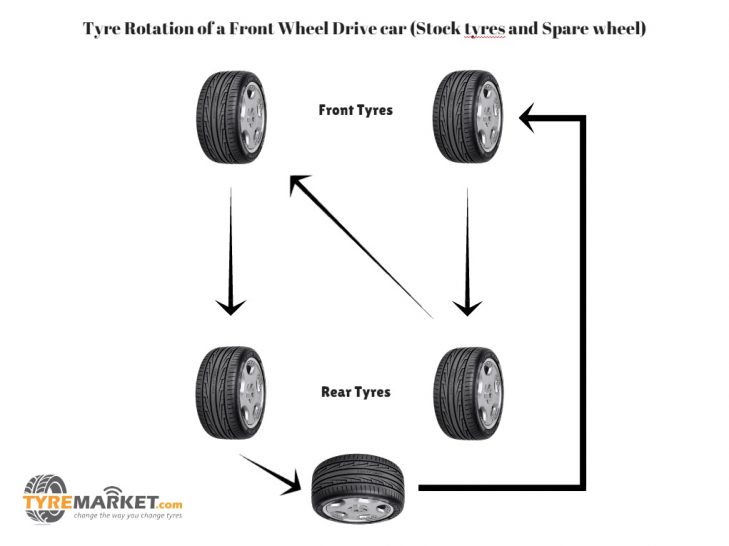 That just isn’t the case. You need snow or winter tires or even snow chains when facing severe winter roads in any vehicle. That includes AWDs. Here’s what you need to know about snow tires and your AWD or 4X4.
That just isn’t the case. You need snow or winter tires or even snow chains when facing severe winter roads in any vehicle. That includes AWDs. Here’s what you need to know about snow tires and your AWD or 4X4.
According to Consumer Reports, AWD and 4X4 vehicles may do fine in light snow. But there is a difference between doing fine and successfully navigating treacherous winter roads. When comparing AWD and 4X4 on winter roads, the deciding factor comes down to the vehicle and what you want from it. An AWD will transfer power to the wheels that need it, while a 4X4, when the transfer case is selected, provides power to all four wheels at once at much lower gears. When paired with snow or winter tires, both options can offer solid, safe-driving results.
AWD is great at getting your car moving from a dead stop and accelerating smoothly in a straight line when the pavement is slippery.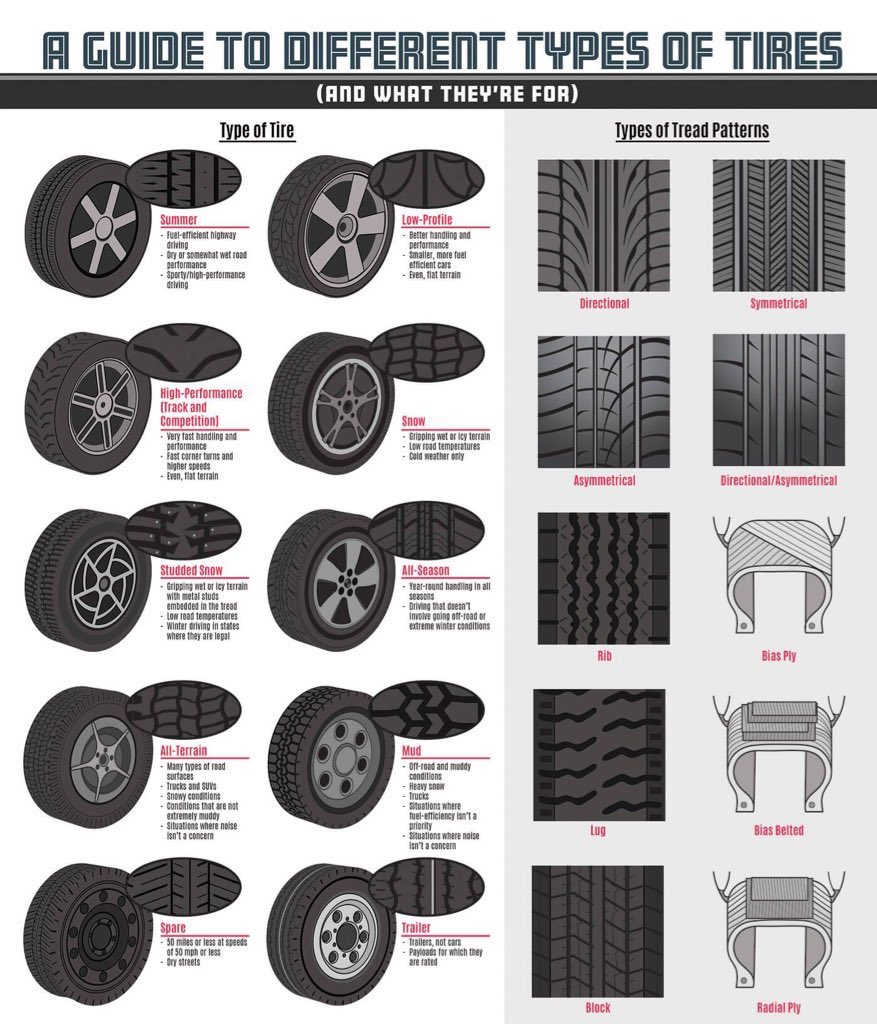 It’s able to do this because it sends more power to whichever wheels are getting the most traction and less power to the spinning wheels.
It’s able to do this because it sends more power to whichever wheels are getting the most traction and less power to the spinning wheels.
But if you don’t have enough traction in the first place, the AWD system can’t compensate. If none of the four tires has enough grip, you’re going to struggle to stay in control in wintery conditions.
This is why an AWD equipped with all-season tires might not deliver safe braking and sharp cornering on snow or ice. In fact, independent testing from Consumer Reports shows that a front-wheel-drive (FWD) mounted with winter tires will have a shorter stopping distance and better cornering than an AWD with all-season tires.
It’s true, AWD and 4x4 vehicles can help you maintain momentum in snow and ice. But when it comes to braking and cornering performance in these conditions, your tires rather than the type of vehicle make a big difference. Les Schwab recommends that you have winter tires on your AWD and 4x4 if you’re regularly driving in snow and ice.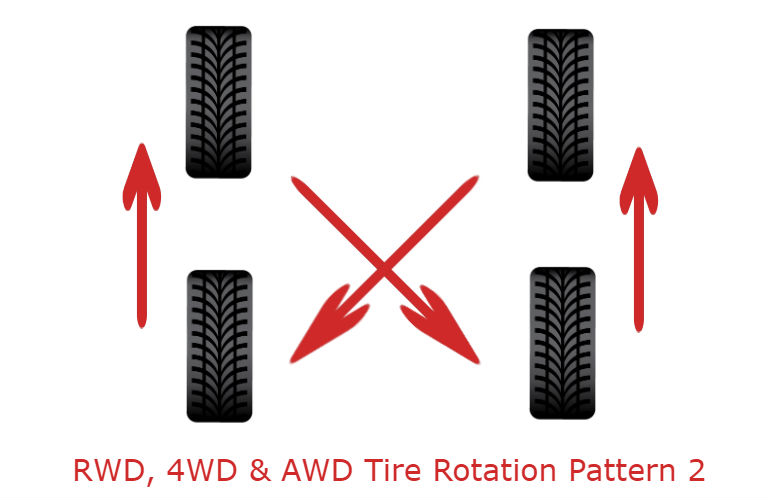 We also recommend that you carry a set of snow chains.
We also recommend that you carry a set of snow chains.
What some people call snow tires are, in fact, winter tires built for better road grip in ALL winter conditions — rain, ice, snow and slush. These tires are made with specialized rubber that stays softer in cold temperatures. They’re designed with tread features like bigger grooves, biting edges, sipes, optional studs and variations in the block shapes for improved grip even in subzero temperatures.
Other differences between all-season and winter tires include:
Traction: Winter tire traction is optimized with deeper grooves and sharp, irregular edges while all-season tires feature normal tread for a wide range of conditions.
Technology: Winter tires are designed with a rubber compound that remains flexible in snowy and icy conditions. All-season tires are designed to withstand hot weather with a harder rubber. However, those tires cannot grip snow and are prone to sliding on ice.
Built For: Snow tires are built to grip snow, slush and ice while all-season tires are made for spring, summer, and fall.
Learn more about how to choose between all-weather, all-season, and winter tires.
AWD is helpful when you’re starting to move or accelerating on slick roads, but not so much when you’re cornering or stopping. It’s not a substitute for having winter tires.
If you’re only visiting snowy areas once or twice a year, you may not need to invest in another set of tires. However, you should carry a set of tire chains for those just-in-case moments. Check your owners manual for chain restrictions and recommendations, including the use of tire socks.
If it’s frigid where you live or you’re traveling in more than light snow, buying a set of winter tires for your AWD will deliver the road grip you need for most winter weather conditions. Of course, you may also need a set of tire chains or tire socks for those times when the snow and ice get especially treacherous.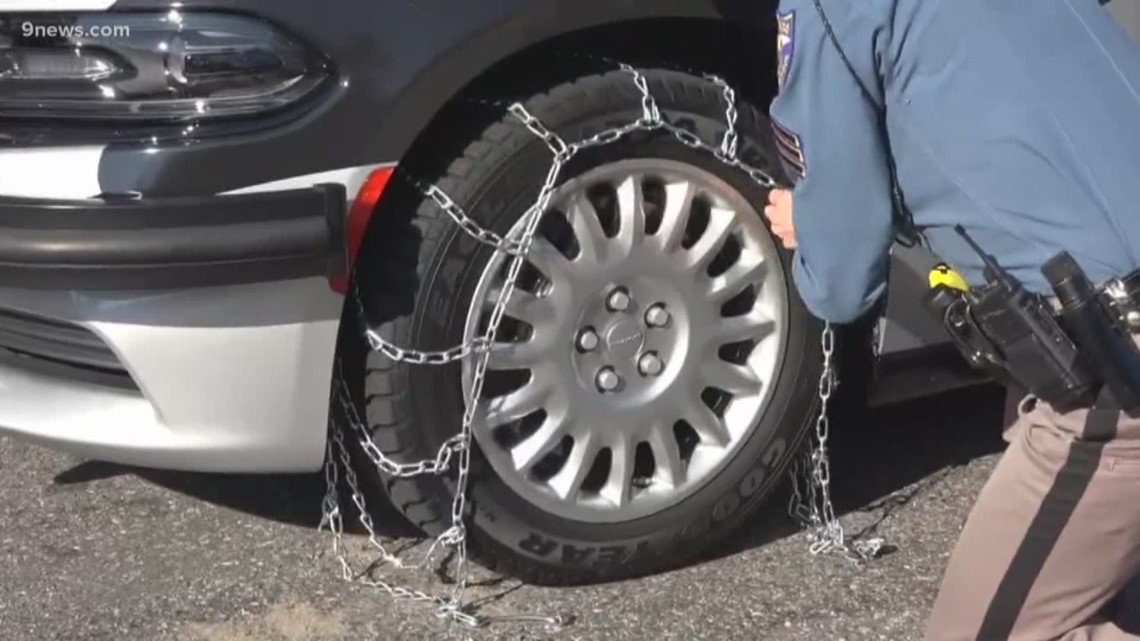
Your local Les Schwab can help you choose the best winter tires for your driving and safety needs. Stop by today and face this year’s winter roads with confidence.
SHOP WINTER TIRES
March 30 was a really sunny spring day. I managed to visit the SVP Regatta and tested a little brand new snow chains from Italy. I have a lot of photos about SVP in my magazine, but there are still few about cars, so let's start with a chain test.
As you know, the front-wheel drive on a bad road loses in every way to the full one, all other things being equal.
We had three cars of approximately the same class: two SsangYong Actyon and one Nissan X-Trail. Both "Koreans" were front-wheel drive, but one with a gasoline engine and a manual transmission, and the other with a diesel engine and an "automatic". The "Japanese" was gasoline with an "automatic", but all-wheel drive. Tires on all cars were winter studded road.
Tires on all cars were winter studded road.
We were not going to make fun of our cars. We found a not very steep hill with rolled snow and a loose snowy roadside. Any puzoter can climb this hill, even, probably, on summer tires. But starting uphill from the middle of a slippery hill with a car weighing more than one and a half tons is a problem. We deliberately tried to complicate our task and looked for the most slippery places, and also drove our right wheels into loose snow on the side of the road. The results were filmed with a video recorder and cameras. And here's what happened:
These are self tightening König Zip Ultra alloy steel chains. Judging by the labels on the box, they are made in Italy. König is part of the well-known THULE concern.
01
Putting these chains on the wheel for the first time did not cause me any difficulties. I spent about 2-3 minutes on each. With some skill, I think it is quite realistic to spend no more than a minute on each, as promised in the instructions.
02
There is no need to adjust anything and move the car. True, when removing the chains, they may be in a different position, and then it will be necessary to move the car a little. Nothing touches the rim, so it should not scratch (the short chain that hangs at the top of the wheel has a special fixing clip, I just forgot to fix it).
03
Snow chains can be used on ice, snow and mud. They should only be worn on the drive wheels. The speed limit when using steel chains is 40 km/h. Chains increase tire wear, so it is not recommended to constantly ride with them. In short, this is the option when I drove on asphalt with a breeze to a difficult section and put on chains.
Of course, chains will not replace four-wheel drive and toothed wheels. But all-wheel drive costs money, makes the car heavier and more difficult to maintain, and jagged wheels make noise and cause vibrations. At the same time, most crossover owners practically do not leave the asphalt.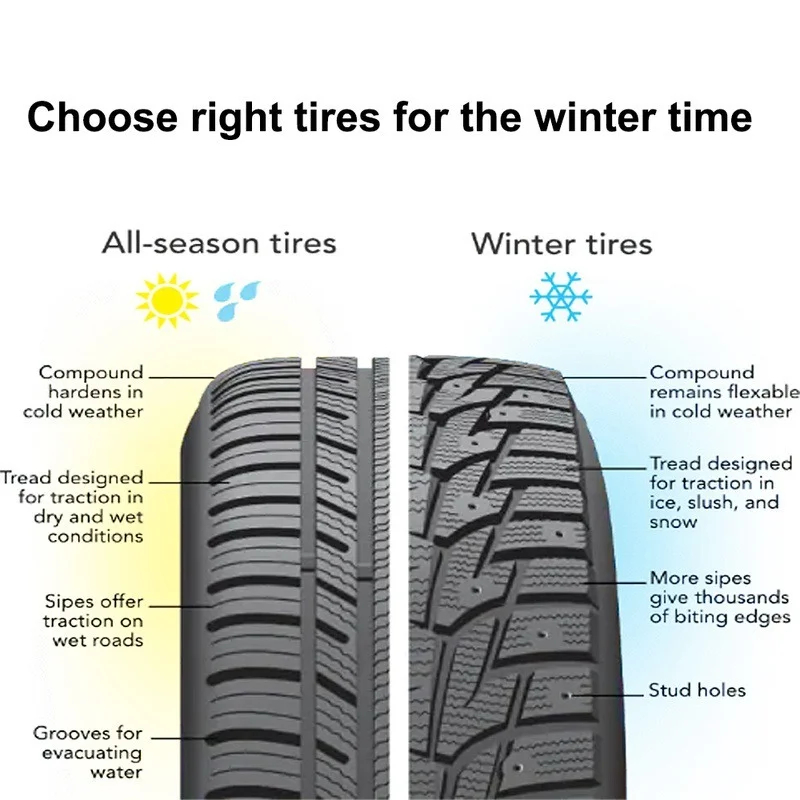 It turns out that chains are a good option for a temporary increase in patency. Such are the results.
It turns out that chains are a good option for a temporary increase in patency. Such are the results.
Photos by mpetrov_nn . Thanks to him and my SYCLUB.RU friend Andrey for participation.
Tags: 2013, youtube, cars, club, thoughts out loud, experiments, test
The experts of Behind the Wheel have tested chains with different fastening mechanisms. Both greatly improved the patency of the “experimental” crossover, but only one of them is recommended for use.
Of all snow flotation devices, most of our readers and subscribers rely on simple but effective and reliable snow chains.
We decided to compare the two circuits. One of them rests on an ordinary lock, and the other is attached using an inertial coil. Let's put the chains on the wheels and ride in the snow.
First, install the chain from the first set on the wheel.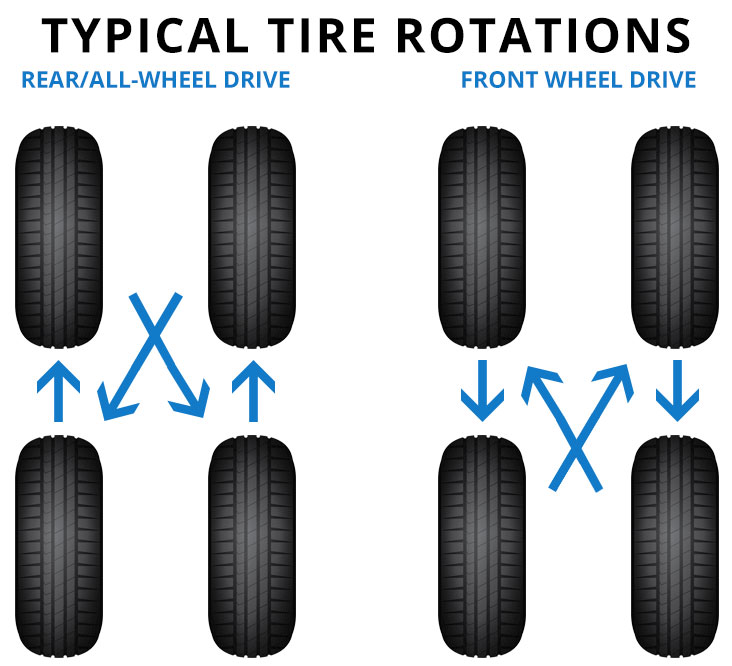
We take the chain out of the plastic box in which it was sold and unravel it. The chain is held on a cable with a lock. We open the lock and slip the cable under the wheel. Due to the dense sheath, the cable easily passes along the wheel without clinging to anything. We connect its ends at the top of the wheel with a lock.
Special test ZR: improving cross-country ability
Then we put the yellow hook on the yellow section of the chain (they should be at the top of the wheel) and begin to tighten it and align the cable. The red section of the chain is located below and is responsible for its tension. We tighten it as much as possible and secure it with a red lock. Due to special hooks, we fix the free end of the red chain. The first stage of installation is completed.
A few tens of meters must now be driven for the chain to center. After the trip, she got into place, but sagged. We do not have the largest wheel, but the chain is universal, so its red section almost completely went through the red lock. So, the chain will have to be tightened in a different way.
So, the chain will have to be tightened in a different way.
To do this, we will remove the first yellow link from the yellow hook and thread the hook through the second. Now the red section has a margin, so that the chain can be tightened well. We fix it again with the help of special hooks. It is not necessary to pull strongly, since this section is not power. Installation completed.
We are driving to a snowy field to evaluate the effectiveness of the device. On chains, the car feels confident. The wheels barely spin. The device is working.
First snow and first ice - 8 simple tricks for experienced drivers
Install the chain with a different attachment. This set was sold in a slightly more convenient holster bag with pockets inside, thanks to which the chains do not intertwine. The fundamental difference between this kit and the first one is the automatic tension mechanism. We unfold the chain, make sure that the links are not linked to each other.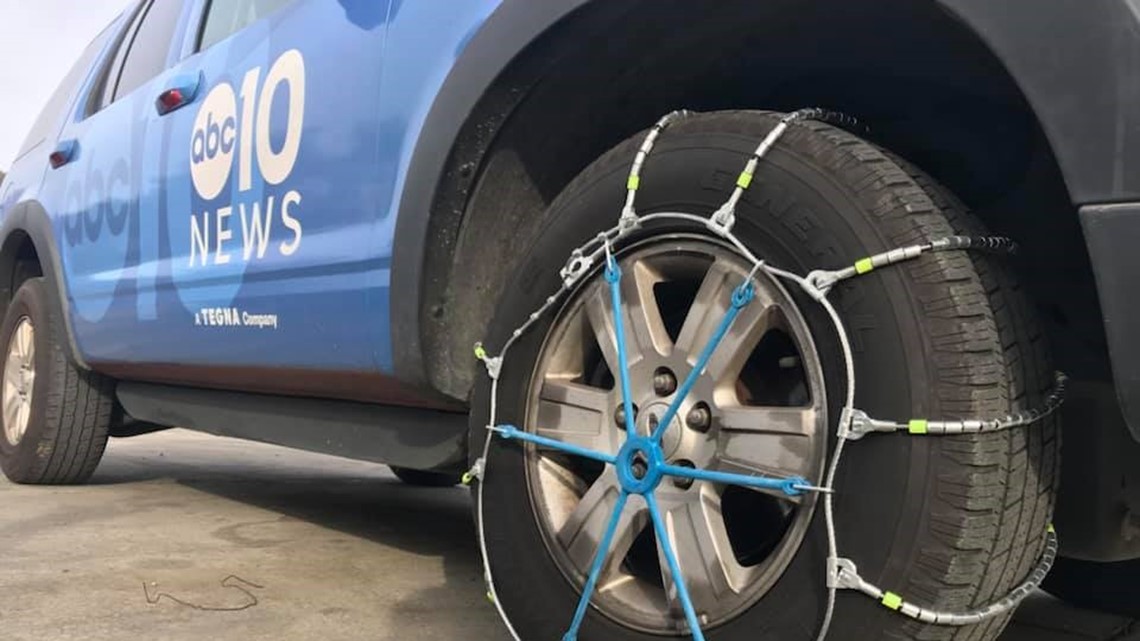 The markings on the reel must face inwards. When we install the device, it will be outside.
The markings on the reel must face inwards. When we install the device, it will be outside.
We put the cable with the chain under the wheel. It is the same as in the first case, it easily passes due to the dense shell. We lift the ends of the cable up and connect with a simple lock. We pull the chain out, level it and move it so that the black hook is on top.
Pull the cable out of the spool. We shift the red lock to the right, hook the counterpart and align the chain so that the black section of the chain is located symmetrically with respect to the center of the wheel. We press the red button on the reel, and it starts to retract the cable and at the same time tension the chain. The device is installed.
Let's check how effectively the coil will correct the position of the chain in motion. To do this, we will pass several tens of meters. The device works great. It can be seen that the mechanism effectively tightened the chain and it does not sag anywhere. The device copes well with its task: the car confidently overcomes rather difficult areas, including off-road with snow and mud.